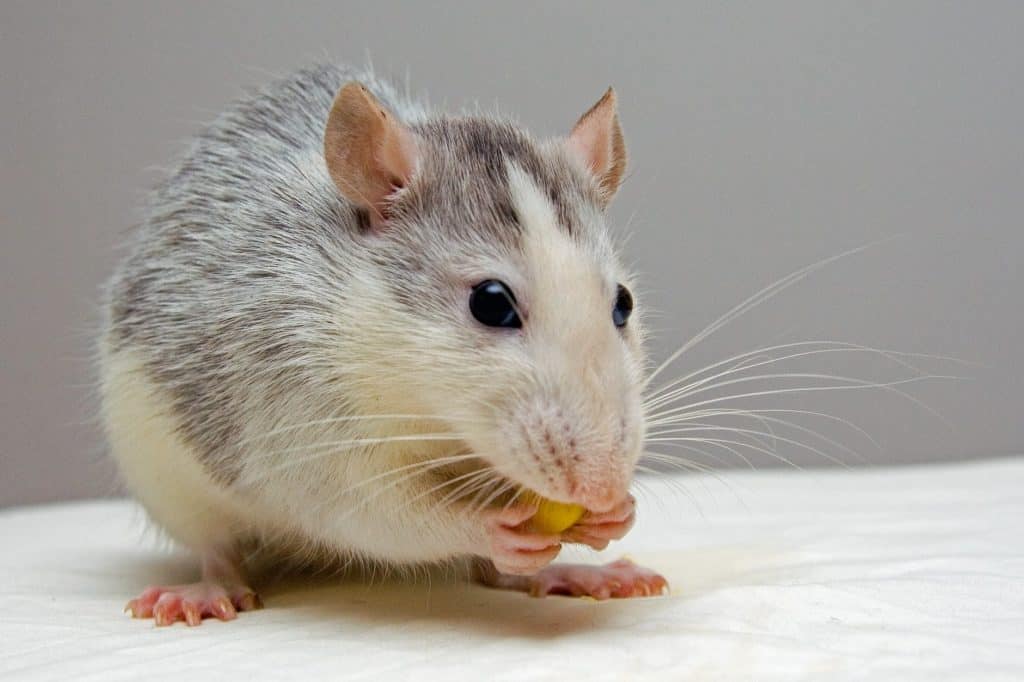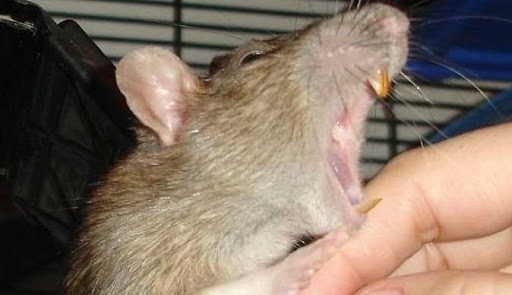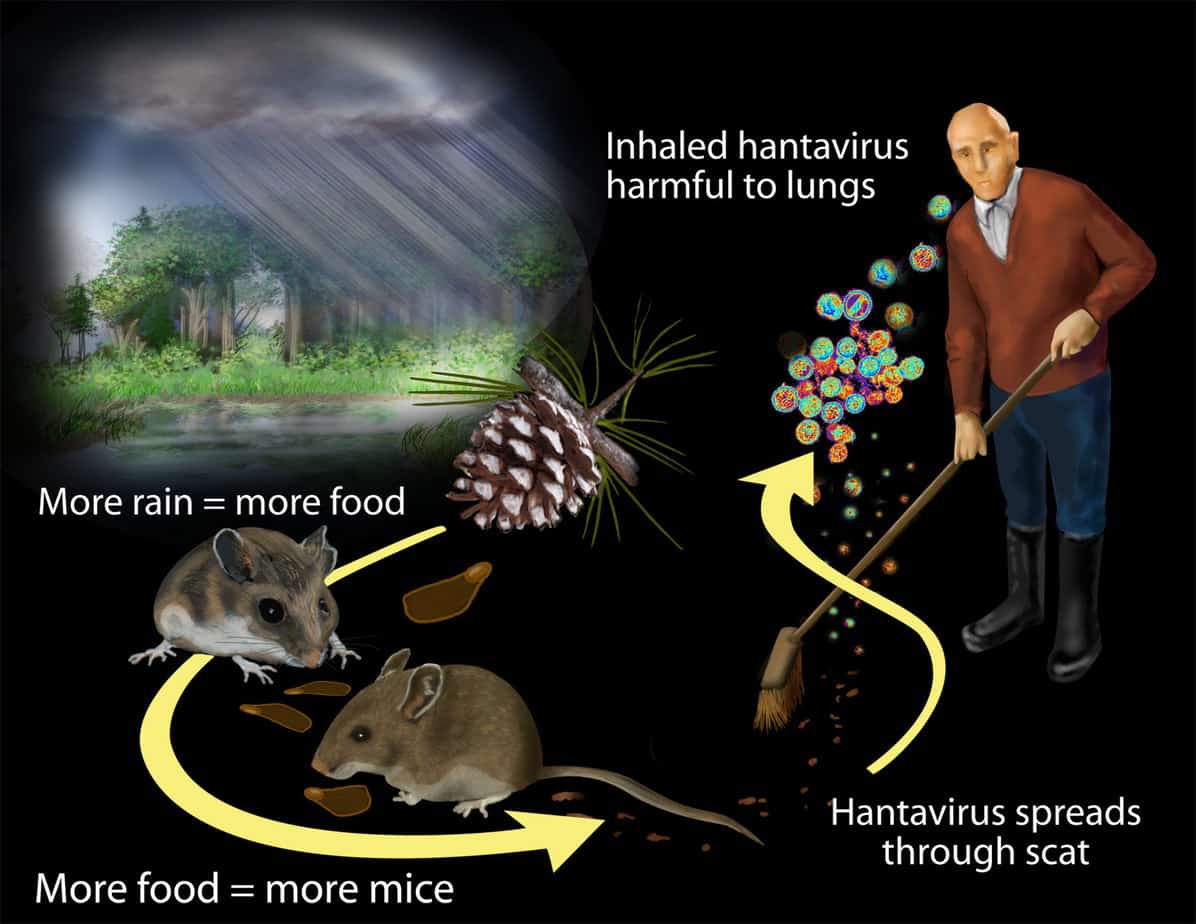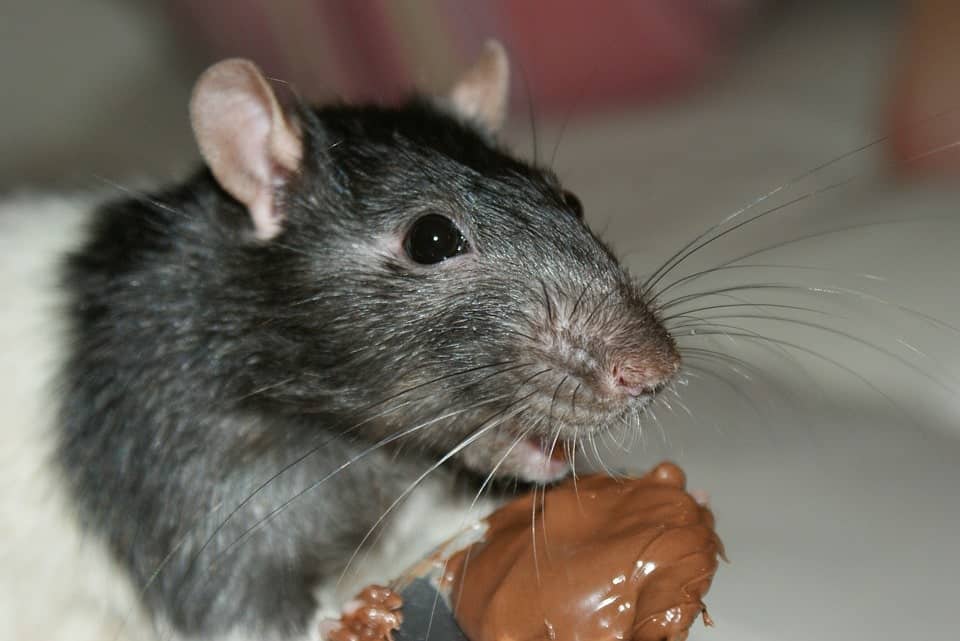Rats and mice have been at the root of some of the worst plagues in human history. They infiltrate urban and rural areas with equal ferocity. Once a mouse infestation takes place, it may be quite difficult to stop it. Because mice and rats reproduce at an alarming rate, any efforts to curb an outbreak of rat or mouse carried diseases are usually futile.
As an exterminator, it is my job to understand how rats and mice cause and transfer diseases. In this article, I will elaborate on the dangers and diseases from mice and rats.
Currently, there are over 35 diseases mice carry. Based on this figure alone, we should all be worried. They run around in homes everywhere. The potential danger from these rodents is ridiculously overlooked.
How Rodents Transfer Infections

Rodents can spread diseases via a variety of ways. The potential transfer pathways are numerous, and their presence can lead to dangerous results.
Droppings and Urine
Various house mouse diseases and viruses take their roots from excrement. Infection occurs when you come in contact with the droppings. This can be via the consumption of contaminated food or by accidental physical contact. Dust can also contribute to the spreading of disease as it contains particles of droppings and urine.
Besides, rats and mice hide and crawl in very hot spaces. They can use spots near ventilation or hot water pipes. This can also result in picking up and spreading of droppings dust and urine vapor. The diseases from mouse droppings are common and are likely to happen even if you take care of your home environment on a regular basis.
Direct Contact with Rodents
Some diseases and viruses are spread to humans by direct contact with mice and rats. At home, this can happen accidentally at night. Also, you might be searching for something on your attic and touch a rat. You should be extremely careful while dealing with dead rats and mice – wear protective gear to handle this issue.

Contact with Saliva
You’re not kissing rodents, but they are eating your food. When you have a pest infestation, it is important to store your food away from mice. Handle any property that was damaged by rodents with increased caution.
Rodent Bites
Rodents’ bites are rare, but, at the same time, it is a real possibility. Rodent bites may open a direct way of getting viruses and diseases in your body. This may happen if you have an extreme pest infestation in your house.

Diseases Spread by Rats and Mice
There are numerous diseases spread by rats to humans. Some of them are not uniquely relative to mice and rats. Here is a list of common diseases these rodents may transfer to people.
Plague
Plague remains a problem for rural areas, even in present-day America. Whenever an infected rat dies, the fleas carry those bacteria to another host. The next host is often another rodent; however, it might be a human as well. The bacteria, Yersinia pestis, thrives in lymph nodes causing swelling. There are many types of plagues; Pneumonic, Bubonic, and Septicemic plague.
The symptoms include chills, fevers, shock, sore lymph nodes, as well as extreme fatigue. Despite the high fatality, the plague is treatable. Over-the-counter antibiotics can cure the disease effectively. It is one of the most common diseases caused by rat droppings.
Hantavirus
The Hantavirus first appeared in 1993 in the western USA. This virus spreads via direct contact with remnant rodent saliva, urine, and directly – when one comes in contact with infected animals. Dust with trace amounts of feces and urine may be a medium too. The virus first manifests after three to four weeks of infection.
It is typically characterized by fever, mild fatigue, and aching thigh, back, and hip muscles. Early recognition of the disease allows for acute medical intervention to prevent a fatality. On the other hand, its progression leads to Hantavirus Pulmonary Virus spreading, which is fatal. At the moment, there is no cure or vaccine.

Tularemia
Hawaii remains the only place without an outbreak of Tularemia as the cases of this disease occur across the USA. The natural prevalence means all areas are in potential danger. The disease is caused by the bacteria Francisella tularensis.
On practice, it is transferred via direct skin contact, rodent and flea bites. Tularemia infections can be fatal if not treated in time. Luckily, regular antibiotics help in dealing with this disease. The big caveat is that you cannot predict the symptoms consistently. Tularemia symptoms vary depending on the point of entry of the infection.
However, there is one common symptom, which is extreme fevers of up to 104F. The most potent and fatal form of Tularemia is pneumonic infection. Its symptoms include coughing, severe chest pains, and difficulty in breathing.
Lymphocytic Choriomeningitis
The chances of getting sick from mouse droppings are even higher for pet owners. The risk increases in winter as mice infiltrate homes in search of warmth. The average mouse is a natural vector for LCM. It is a viral infection caused by the LCM virus, LCMV. Pet mouse owners are prone to this infection when the rodents are handling nests. Direct saliva contact and skin contact are also avenues for infection.
This infection comes in two stages. The first step encompasses nonspecific symptoms like fatigue, fever, coughs, diminished appetites, aching muscles, and nausea episodes. The second step of disease is far more serious. It compiles meningitis, encephalitis, and meningoencephalitis.
What is even worse, LCM can be transferred from a mother to the fetus during pregnancy. It can be fatal if infection occurs in the first trimester. In adults, however, the worst outcome is often irreversible neurological effects if the symptoms are left untreated. LCM is one of the most common rat diseases in the USA.
Related Post: Best Rat Baits Reviewed.
Leptospirosis
Leptospirosis is caused by the bacteria Leptospira. It is common worldwide and limited to tropic regions. The bacteria are borne by rodents and farm animals alike. Bearing little or no symptoms, the detection is very difficult.
An infection is often caught when one becomes severely ill after a period of incubation of this bacteria. The pathogen is transferred by eating contaminated food and contact with infected animals. Also, trace amounts that get in mucous membranes may cause the disease to spread. These membranes include the nose and saliva glands in the mouth.
Frequently Asked Questions

What diseases do rats carry?
The diseases that are carried by most rodents are often transferred by rats as well. The reason for this is their close genetic heritage and shared habitats.
Do mice carry rabies?
On the contrary to the popular myth, rodents do not carry rabies. Up to date, there is little evidence suggesting the transfer of rabies to rodents. Therefore, they can`t be a source of this disease.
What diseases do mice carry?
Mice carry similar diseases to rats. There are some diseases that are only brought by mice, like Tularemia. However, rats and mice are often in the same habitat and still pose a significant risk of infection across species. Health problems caused by mice infestation are treatable if detected early.
Prevention Is Better Than Cure
The availability of powerful antibiotics is a relief in the fight against rodents. It is, however, not sufficient to treat the infection. Some of them are viral and cannot be treated. A lack of vaccines and the ability to detect infections increase potential risks. In this light, it is easier to prevent an infection than to manage it. Keeping your living spaces clean and rodent-free is the best defense against rat feces dangers and other risks posed by these creatures.
References:
- Diseases directly transmitted by rodents (Centers for Disease Control and Prevention):
https://www.cdc.gov/rodents/diseases/direct.html - Tularemia (Centers for Disease Control and Prevention):
https://www.cdc.gov/tularemia/index.html

